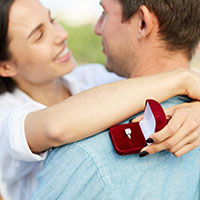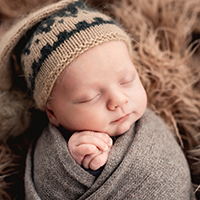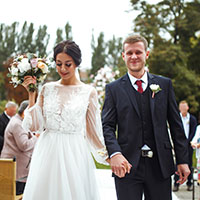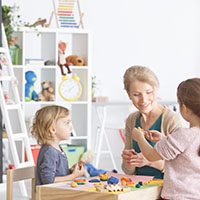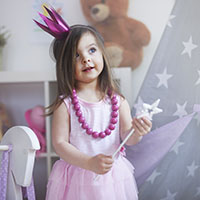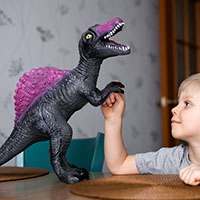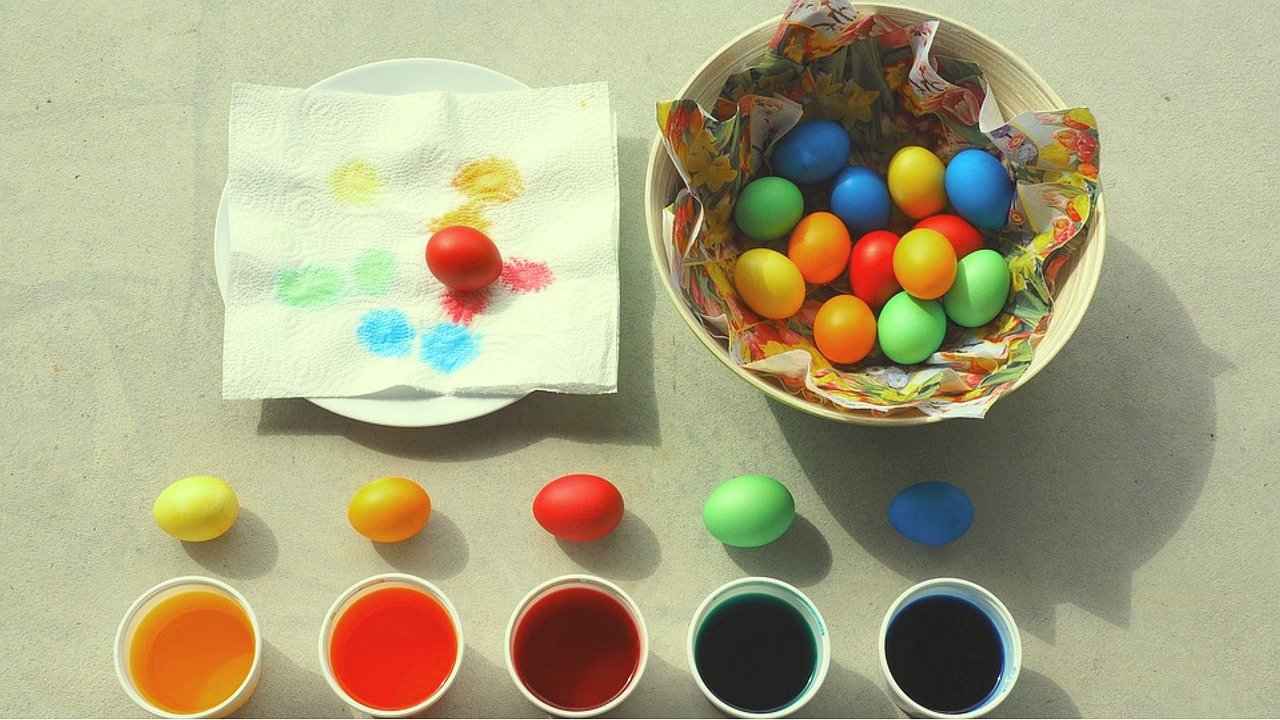No products in the cart.
Ornaments
Easter Traditions: Why do We have Easter Eggs, Candy, and an Easter Bunny?
For Christians, Easter is one of the most important holidays of the year. Even those not practicing a Christian religion often get into the Easter traditions of decorating eggs, giving out baskets of candy, and enjoying the Easter Bunny.
There are several Easter traditions we enjoy every year, but do you know where they came from? Let’s look at a few of the most popular Easter traditions and where they started.
Why are eggs an Easter tradition?
Originally, Easter eggs were called Paschal eggs and they were used at gifts on Easter. While we may use traditional chicken eggs to make Easter eggs today, many types of eggs have been used over the years, including ostrich eggs.
For many cultures, eggs represented rebirth and life. Some cultures would paint eggs to celebrate a new season and give them to relatives as gifts.
Painting eggs and giving them as gifts dates back to before the Christian religion exists. One legend (although they have not been proven) states that Mary brought eggs to the crucifixion of Jesus and the blood from His wounds fell on the eggs, which colored them.
There is another legend that says Mary Magdalene brought cooked eggs in a basket to share with the others at the tomb of Jesus three days after He died. This same legend says the eggs turned red when the stone was rolled back revealing the empty tomb.
Why do we have Easter candy?
Easter candy comes in many shapes and sizes. The hollow chocolate Easter bunny is one of the more popular options. These bunnies were created hollow because if they were solid, they would be very hard to bite into. Those making the bunnies can make them larger and more visually appealing if they make them hollow.
Easter candy, in general, became a tradition to signify the end of Lent. Since many Christians give up sweets during Lent, they celebrate Easter with candy.
Why do we have an Easter bunny?
The Easter bunny is thought to have become popular in the 19th century. Since rabbits often give birth to large litters of babies in the spring, the bunny became popular as a symbol of new life.
The trait of fertility in bunnies was associated with the pagan goddess of fertility named Eostre. This led to the tradition of an egg-laying bunny in Germany, which was brought to the U.S. in the 1700s.
Why do we have Easter baskets?
Easter candy isn’t just given by itself. Most Easter candy is presented in a basket with fake, pastel-colored grass. It’s meant to represent a next, which is a part of the German tradition.
The Osterhase, which was the egg-laying bunny or Easter bunny, would stop by the houses of children to lay colored eggs in nests put out by the children. Over time, these nests evolved into Easter baskets.
Whether you’re a Christian or not, celebrating Easter can be quite a bit of fun. The beautiful decorations and Easter traditions make it an amazing celebration of new life all throughout the world.



